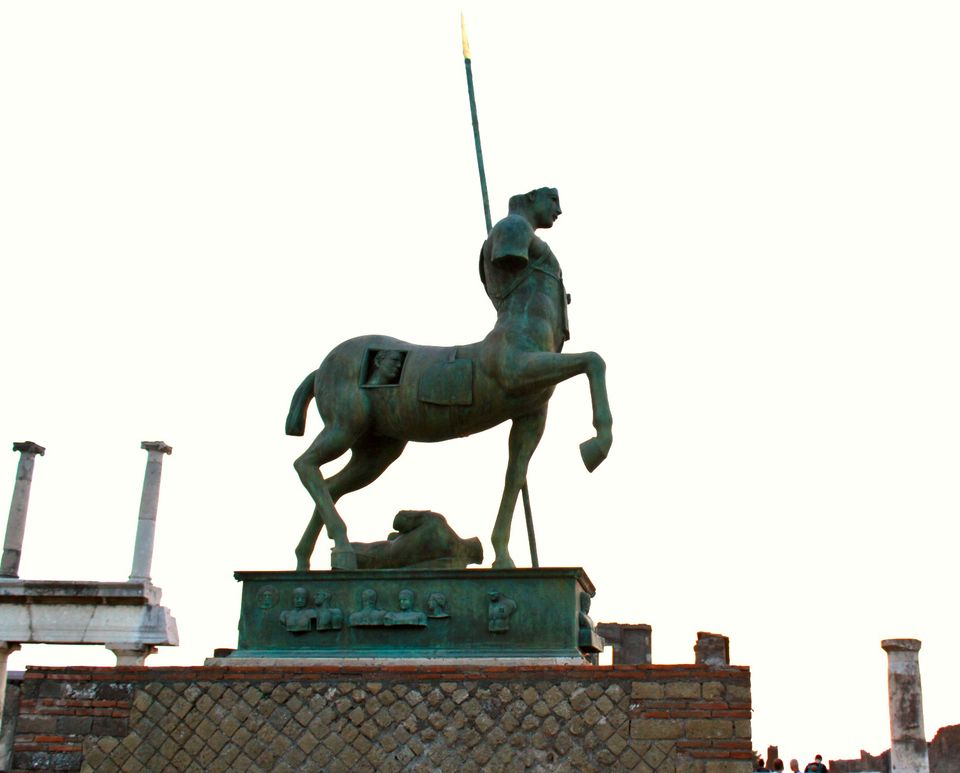
Wondering what is wrong with the city, I quickly stepped out of the house and found myself in the midst of clueless crowd running here and there; in the midst of screams of women, shouting of men, groan of infants calling their parents, others searching their children or their wives, trying to find them by their voices in the darkness slowly setting in; in the midst of those beseeching help of the gods, but have somehow now accepted there were no gods left, and that the world is entering into eternal darkness for evermore.
The haunting shadow of ‘Mount Vesuvius’ right in front of me, wearing the mask of death had already showered our tiny little city with its tons of molten ashes and dense black cloud.
Now I ultimately feel that it has become difficult to breath, no need to run anymore, just sit back and realize how beautiful this little life was and it’s time to quietly rest in peace.
This must have been the feeling of those thousands of innocent helpless people on the last day of their life in Pompeii.
Pompeii, a Roman city, was buried in its entirety by a fierceful volcano eruption in 79 AD. The city remained buried and undiscovered for almost 1700 years until excavation began in 1748. These excavations are still continuing and provide insight into life during the Roman Empire.


This city, once known as a Roman resort town, a perfect holiday destination for wealthy visitors, is now called the City of Dead.
While exploring Pompeii’s streets and allies, strolling around what used to be houses, bars, restaurants and bath-houses, I felt the sharp contrast between the touristic feeling that we get today to the vibrant city it once was.


It was quite amazing to see the ruins, amphitheater, taverns, broken roads and homes, the pots, the bodies, everything there is so well preserved.



There are hundreds of buildings to see and wander through in Pompeii. When I was in the town, I barely scratched the surface of Pompeii, and it filled almost whole day! One day, I’d love to go back and visit all the buildings I missed.













